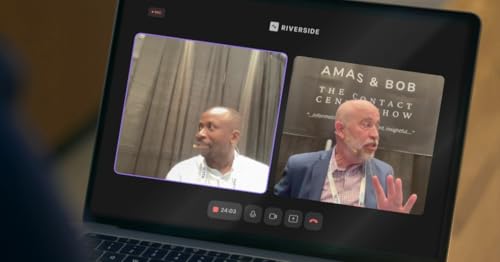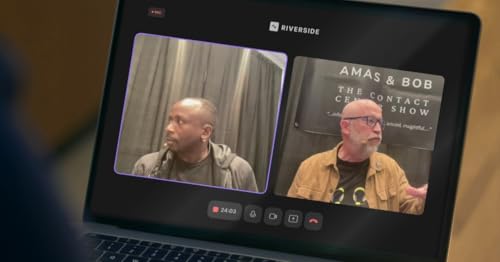We're back from summer break (okay, maybe fall break too) and diving straight into the mess where AI, customers, and reality collide. In this episode, Amas and Bob unpack the hype vs. the truth about AI in contact centers:
-
Is AI replacing humans—or just making customers angrier?
-
Why human agents are still the heart of service, even as bots sound more "human."
-
How contact center leaders feel stuck—between CEOs chanting "AI, AI, AI" and customers who just want their problems solved.
-
What the data really says about automation, agent workloads, and customer expectations.
-
Practical advice for leaders: use AI to reduce after-call work, not replace human connection.
We also share personal summer highlights—Amas' trip to Italy with his son, Bob's perfect beach-and-donut days—and a fiery debate about tipping culture.
Finally, big news: The Contact Center Show is hitting the road! Catch us live at the ICMI Contact Center Expo in Orlando (October 27–30). We'll have guests, fresh perspectives, and maybe even say the things your CEO wishes you wouldn't.
Key Takeaways -
AI isn't the enemy. The problem is how it's rolled out—done to agents, not for them.
-
Agents aren't disappearing. Industry headcount is actually growing, despite automation hype.
-
Data is your weapon. Use it to show execs that customers can tell when a bot can handle it—and when they need a human.
-
Customer trust is fragile. Overcomplicate service and they'll punish you with churn and complaints.
-
Leadership focus must return to people. Coaching, development, and real support matter more than the next shiny tool.
Episode Quotes -
"I don't hear the C-suite anymore talking about our people as the difference. It's just AI, AI, AI." – Amas
-
"It's not about reducing talk time. It's about reducing the after-call work so agents can get back to serving." – Bob
-
"Adoption is failing in many companies because reps just ignore the tools. You're doing it to them, not for them." – Amas
Resources & Links Next Steps Want us to bring The Contact Center Show to your company, campus, or event? Reach out—we'll say the things you can't without getting fired.
 23 min
23 min 30 min
30 min 28 min
28 min 46 min
46 min Oct 12 202518 min
Oct 12 202518 min Oct 6 202516 min
Oct 6 202516 min Sep 29 202512 min
Sep 29 202512 min Sep 22 202528 min
Sep 22 202528 min
